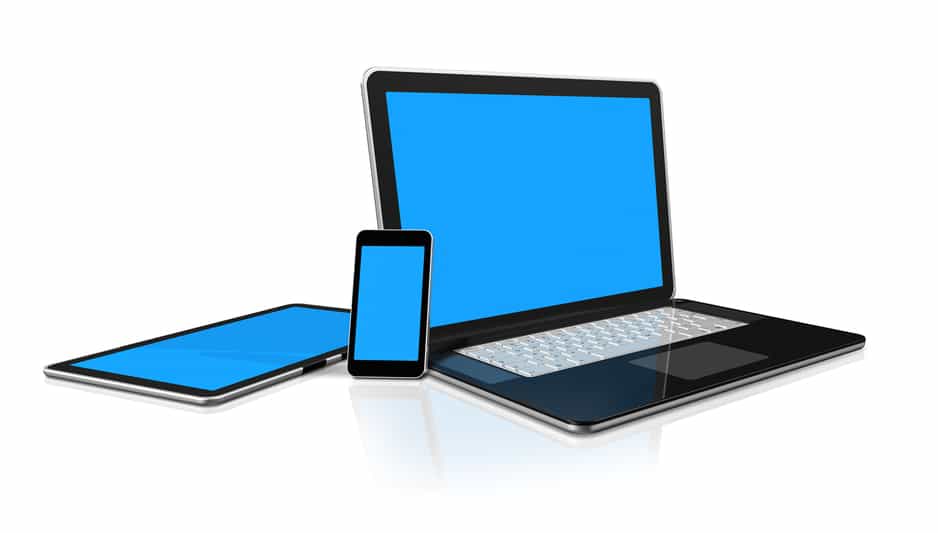Sales: 678.967.3854
Support: 866.252.6363
What We Do
Who We Serve
Success Stories
Latest Thinking
LATEST THINKING
About Us

By the DynaSis Team
One of the three characteristics that IT solutions must possess to propel business success and efficiency, in our opinion, is mobility. Microsoft appears to agree, and has been making big strides in its effort to develop solutions that transcend the barrier of desktop versus mobile, giving users a unified experience, as much as possible, across all their devices.
Earlier this year, Microsoft took another step in that direction with its release of the Outlook Web App (OWA) for the Android platform. This debut fulfilled the company’s stated goal of providing a Microsoft email client on all major mobile devices (smartphones and tablets). (Windows Mobile has Outlook Mobile, which works equally well.)
With Exchange Server 2013, Microsoft thoroughly redesigned OWA with a goal of making it work well on a variety of devices and form factors other than the traditional PC. The result was an adaptable, device-friendly interface that works as well on tablets and smartphones as it does on desktop and laptop displays. The feature set is a little lighter than the previous desktop version, but we are confident that Microsoft will address this over time.
Microsoft chose to debut OWA for iOS first (in July 2013), quite possibly because Microsoft wanted to control the end-to-end technology (and connection) for the mail delivery pipeline. With Microsoft’s old Exchange “handshake” tool, Exchange Active Sync, if something went wrong on another platform, users likely blamed Microsoft, at least in part, no matter where the fault lay. It made sense to give users a product that was thoroughly Microsoft and also worked as well as possible.
Unfortunately, things still are not perfect in iOS-land for OWA―a fact that doesn’t surprise anyone who has followed the ups and downs of Apple and Microsoft’s relationship over the years. However, if an enterprise runs (or leases hosted space on) an Exchange 2013 Server, things tend to work more smoothly.
Even better for companies with numerous Android users, OWA and Android seem to get along quite well. Google doesn’t have the complex “trust” issues that Apple has with outside developers. Furthermore, Microsoft has announced that it will debut new features in OWA within the next year, and it continues to tweak OWA incrementally to improve its functionality, as well.
Despite lingering problems with iOS, the most functional email client on iOS or Android for Exchange is still OWA. Users can default to the built-in email apps available in iOS or Android if they prefer, but for enterprises running Exchange, it makes more sense to get everyone over to OWA.
If your company has yet to transition its iOS and Android users to the new version of OWA, you owe it to yourself (and them) to give it a test drive. Our certified technicians can provide a demonstration and then help you get set up and running, quickly. To learn more, please fill out our inquiry form or give us a call at 678.218.1769.
